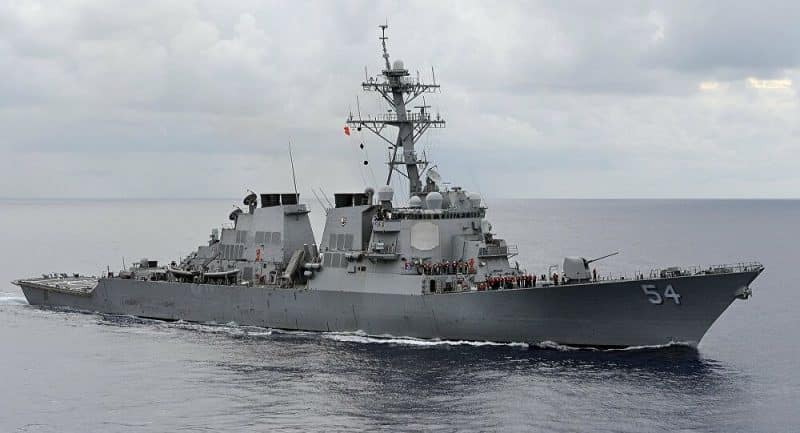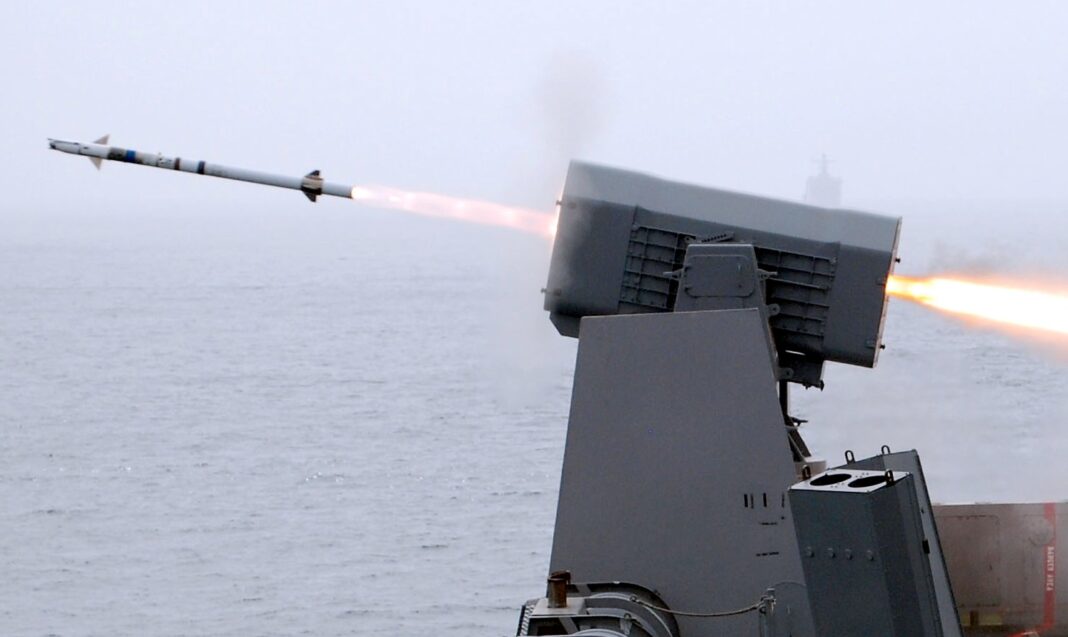Will the replacement of Phalanxes on American destroyers with RAM or SeaRam CIWS solve part of the ammunition consumption problems of US Navy escorts, facing Houthi drones? It's possible…
According to information provided by the US Navy, these American destroyers, deployed in the Red Sea and the Gulf of Aden, have already fired well more than a hundred SM-2 and SM-6 missiles, to intercept attack drones, anti-ship cruise missiles and ballistic missiles, launched by the Yemeni Houthi rebels, against these ships, or those they protect.
They have, however, only used the CIWS Phalanx once, while, at the same time, several Western frigates equipped with the system RIM-116 Rolling Airframe Missile or RAM, showed the effectiveness of the system.
In this section:
The CIWS Mk15 Phalanx, a pillar of close defense for American and Western surface ships
If the Mk15 Phalanx, an automatic close defense system composed of a firing radar and a Gatling gun with 6 20 mm tubes, has enjoyed, since its entry into service in 1980, a flattering image, in the public opinion as in Hollywood, it is no less constrained by certain limitations.

Thus, its low caliber only gives it a relatively short effective range, of 1500 meters, against mobile aerial targets. It can, therefore, only prove useful as a final barrier to protect the ship itself, if indeed it is actually targeted. What it was designed for, in fact.
In addition, its rate of fire of 3000 rounds per minute, and its pointing system, only give it a combat autonomy of 25 to 30 seconds, or 5 or 6 shots, in the best case. Finally, if it can be rearmed at sea, it is a long and complex procedure, potentially exposing the teams in charge of this mission, if the ship continues the fight.
Despite these limitations, the Phalanx did, in fact, significantly increase the potential survivability of the US Navy's frigates, destroyers and major surface units, amphibious ships and aircraft carriers during the Cold War.
This should, then, allow the ships to have a final defense, in particular against the Soviet anti-ship missiles sent en masse to saturate the opposing defenses, even if they had already used all their missiles to intercept the maximum of threat.
The system has also enjoyed significant success, equipping most of the US Navy's major ships, as well as more than 75 classes of surface ships in around twenty world Navies.
Replace the Mk15 Phalanx of the American Arleigh Burke destroyers with CIWS RAM or SeaRAM systems
Despite this undeniable success, the US Navy has just announced that it will replace the Phalanx systems which equip the Arleigh Burke class destroyers, to install, instead, a RIM-116 RAM system, or its while more restricted, the SeaRAM, as part of the Destroyer Modernization 2.0, or DDG 2.0, program.


The rest of this article is for subscribers only
The Classic subscriptions provide access to
all articles without advertising, starting at € 1,99.
Newsletter subscription
Register for the Meta-Defense Newsletter to receive the
latest fashion articles daily or weekly

